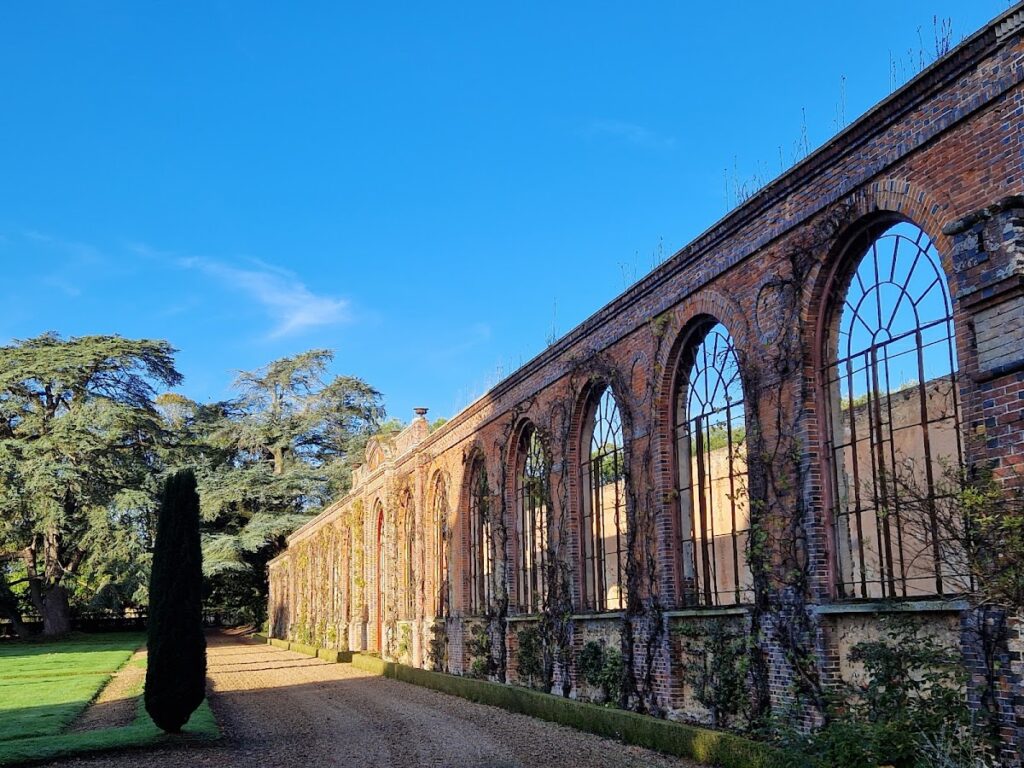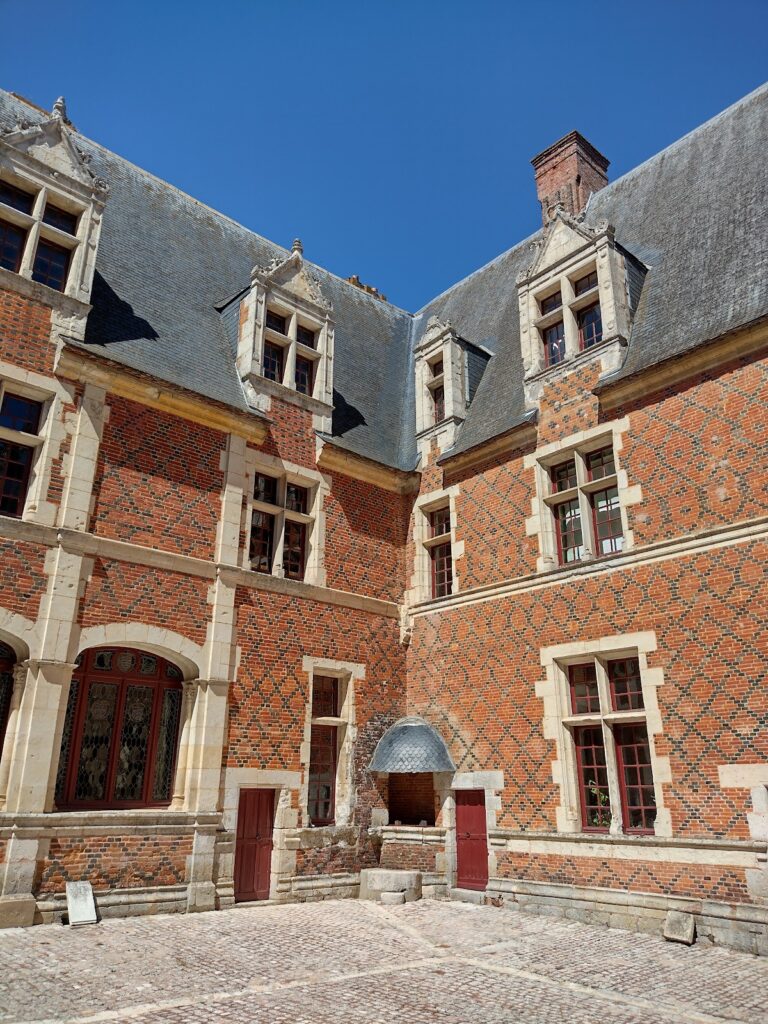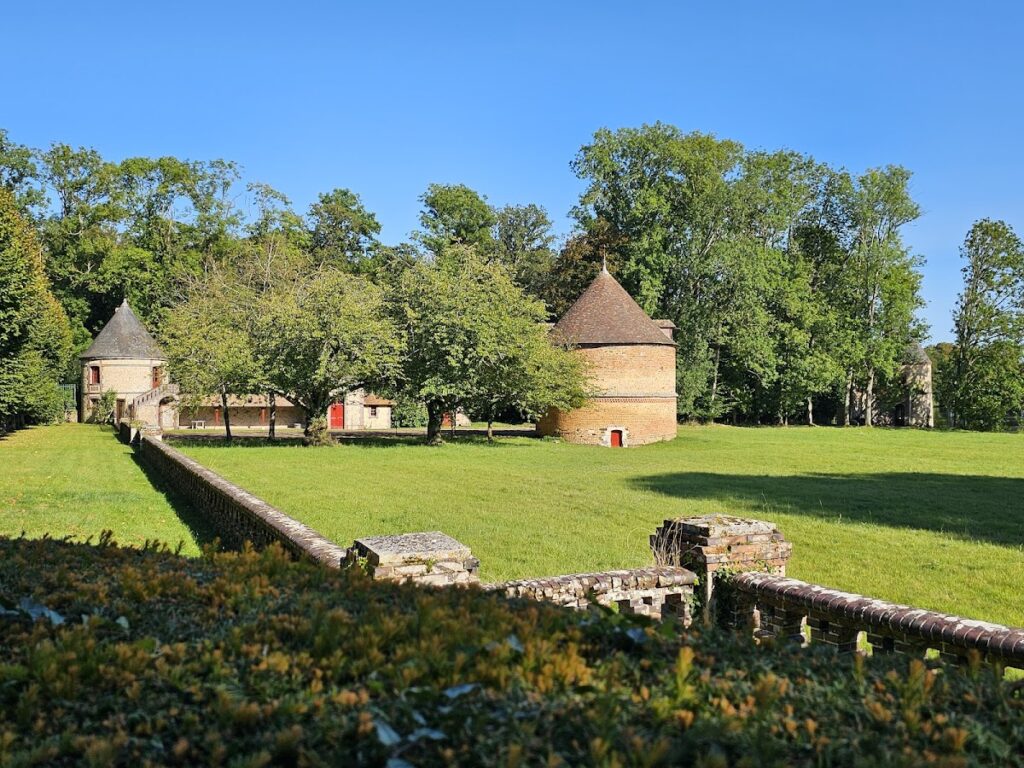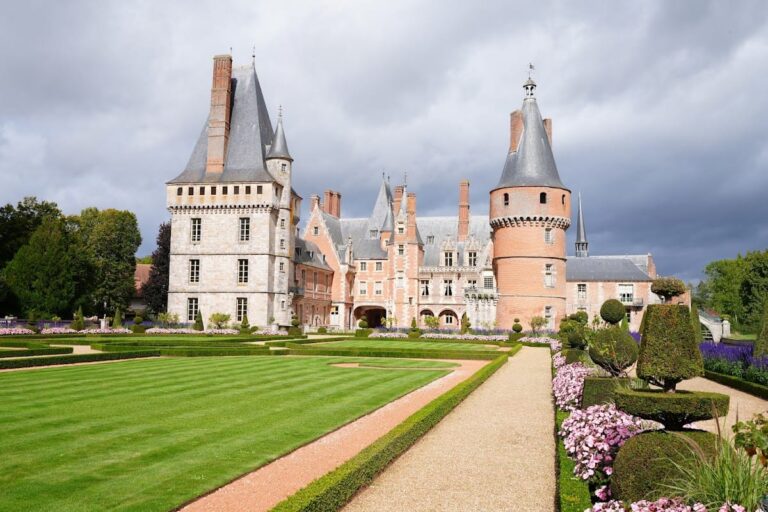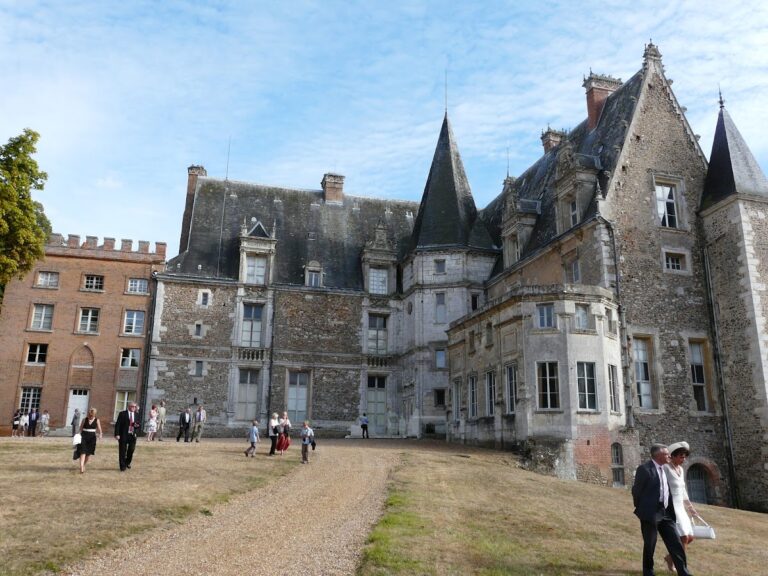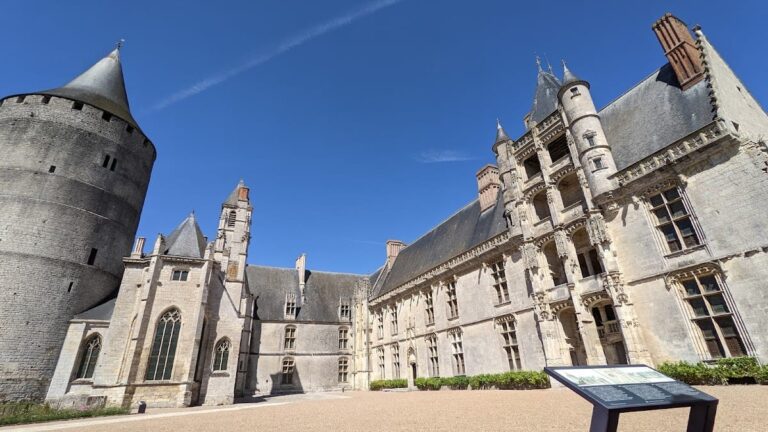Château de Villebon: A Historic Medieval Fortress in France
Visitor Information
Google Rating: 4.6
Popularity: Low
Google Maps: View on Google Maps
Official Website: www.chateauvillebon28.com
Country: France
Civilization: Unclassified
Remains: Military
History
The Château de Villebon is situated in the municipality of Villebon in modern-day France. It was constructed during the late 14th century by Jeannet d’Estouteville, representing a medieval brick fortress built by French nobility of that period.
Following its initial construction, the château changed hands among several notable lords. Jean IV de Beauvau, who lived from 1421 to 1503, was one prominent owner. The castle also belonged to Thibaud de Sancerre, and later to Maximilien de Béthune, better known as the Duke of Sully, a close adviser to King Henri IV. The Duke of Sully resided at Château de Villebon for 24 years until his death in 1641. Their ownership highlights the château’s role as a residence of influential figures in French political and social circles during the late Middle Ages and early modern period.
The château received visits from several French monarchs, including Charles VI, Louis XI, François Ier (Francis I), and Henri IV. These royal visits emphasize the castle’s role as a center for noble activity and political affairs over several centuries.
In the 18th century, the estate evolved under the direction of the sixth Duke of Sully, who designed its surrounding park in the French formal garden style. This landscaping featured carefully aligned sightlines directed towards the statue known as the Rond de Diane, a decorative element created during this period.
In 1812, the château passed into the hands of the Marquis de Pontoi-Pontcarré. His son, Théophile de Pontoi-Pontcarré, later undertook significant restoration work on the property. Théophile also held local political office, linking the château to regional governance in the 19th century.
The château’s status as a protected historic site has fluctuated over time. It was first proposed for classification as a historic monument in 1853 and officially listed in 1862. This classification was annulled in 1888 but reinstated in 1927. Additional protections were granted in subsequent decades to specific parts of the estate: the chapel was protected in 1943 and the dovecote in 1981.
Since 1919, the château has been continuously inhabited by the Penin de la Raudière family. Its literary significance is marked by its inspiration for Marcel Proust’s novel *À la recherche du temps perdu*, where it initially appeared under the name “du côté de Villebon” before evolving into the “château de Guermantes.”
A 19th-century reproduction of the château was created and used in advertising for Guérin-Boutron chocolate. This model was displayed at the Musée national des Arts et Traditions populaires in Paris until the museum’s closure and dismantling began in 2010.
Remains
The Château de Villebon remains a largely intact brick fortress from the 14th century, surrounded by defensive moats. Its arrangement centers around an interior courtyard that showcases Renaissance-style design elements, reflecting modifications made after its initial medieval construction. The materials primarily consist of brick, consistent with regional building practices of the era.
The northern entrance to the château features a gatehouse equipped with a drawbridge. Historically, this drawbridge was raised at night for security, accompanied by the distinctive clinking of chains still recounted in local tradition. The gatehouse thus served both defensive and symbolic purposes in the castle’s original configuration.
Adjacent to the main buildings is a formal garden laid out in the restrained French style prevalent in the 18th century. The garden was designed with precise sightlines that lead the eye toward the Rond de Diane, a sculptural centerpiece commissioned by the sixth Duke of Sully. This ornamental addition complements the château’s evolving aesthetic from fortress to stately residence.
Among the estate’s ancillary structures, the 17th-century dovecote remains preserved and benefits from its own historic protection. Nearby is a kennel located close to the Diane pond, both features contributing to the château’s comprehensive support facilities typical of noble estates.
The chapel of Sainte-Anne, part of the château complex, contains a bronze bell dating to 1546. This bell has been recognized and protected as a historic object since 1943, underscoring the chapel’s importance within the estate.
Interior furnishings historically included a rare sofa woven from velvet and silk damask, notable for its lateral “cheeks” that could be lowered to create a daybed. This piece bore the monogram of Anne de Courtenay, the first wife of Duke Sully, and has since been preserved at the Hôtel de Béthune-Sully in Paris.
The various restoration efforts carried out, especially those initiated in the 19th century by Théophile de Pontoi-Pontcarré, have maintained the château’s overall structure in a condition suitable for continued habitation. This ongoing maintenance reflects the sustained care invested by successive owners to preserve the historical and architectural integrity of the fortalice.

